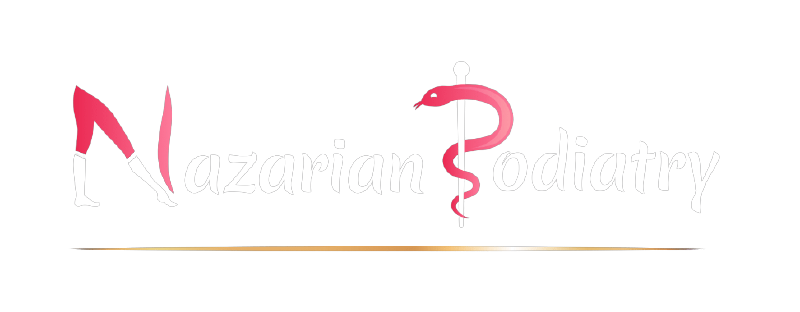Haglund’s deformity is a bony enlargement on the back of the heel. The soft tissue near the Achilles tendon becomes irritated when the bony enlargement rubs against shoes (Insertional Achilles Tendonitis).
The bony enlargement will also often lead to an inflammation of the fluid-filled sac between the tendon and bone (Retrocalcaneal Bursitis).
Causes
Haglund’s deformity is often called “pump bump” because the rigid backs of pump-style shoes can create pressure that aggravates the enlargement when walking. In fact, any shoes with a rigid back, such as ice skates, men’s dress shoes, or women’s pumps, can cause this irritation.
To some extent, heredity plays a role in Haglund’s deformity. Inherited foot structures that can make one prone to developing this condition include:
- A high-arched foot
- A tight Achilles tendon
- A tendency to walk on the outside of the heel.
Symptoms
Haglund’s deformity can occur in one or both feet. The symptoms include:
- A noticeable bump on the back of the heel
- Pain in the area where the Achilles tendon attaches to the heel
- Swelling in the back of the heel
- Redness near the inflamed tissue
Diagnosis
An in office thorough examination of the foot and ankle is performed. The extent, location and the severity of the condition is further assessed using x-ray and other imaging modalities.
Conservative treatment
Non-surgical treatment of Haglund’s deformity is aimed at reducing the inflammation of the bursa. While these approaches can resolve the pain and inflammation, they will not shrink the bony protrusion. Non-surgical treatment can include one or more of the following:
- COLD LASER MACHINE – ask us about how we can reduce inflammation, improve blood circulation and improve your pain and healing without any oral medication.
- Orthotic devices. Custom arch supports control the motion in the foot.
- Shoe modification – we will educate you on the different types of shoes that will be accommodating to your condition.
- padding methods – ask us about different padding modalities
- Ice. To reduce swelling, apply an ice pack to the inflamed area, placing a thin towel between the ice and the skin. Use ice for 5 minutes and then wait at least 5 minutes before icing again.
- Exercises. Stretching exercises help relieve tension from the Achilles tendon. These exercises are especially important for the patient who has a tight heel cord.
- Physical therapy. Physical therapy modalities, such as ultrasound, can help to reduce inflammation.
- walking boots – In some cases , restriction of motion may be necessary.
- Immobilization. In some cases, stopping motion and casting may be necessary.
- Medication. different medications may be recommended to reduce the pain and inflammation.
When Is Surgery Needed?
If all the non-surgical treatment fails to provide adequate pain relief, surgery may be needed. As always we will determine the procedure that is best suited for each patient.
It is very important to follow the post-surgical care instructions for optimal healing.
Prevention
A recurrence of Haglund’s deformity may be prevented by:
- Wearing appropriate shoes; avoid shoes with a rigid heel back
- Using arch supports or orthotic devices
- Performing stretching exercises to prevent the Achilles tendon from tightening
- Avoiding running on hard surfaces and running uphill.

